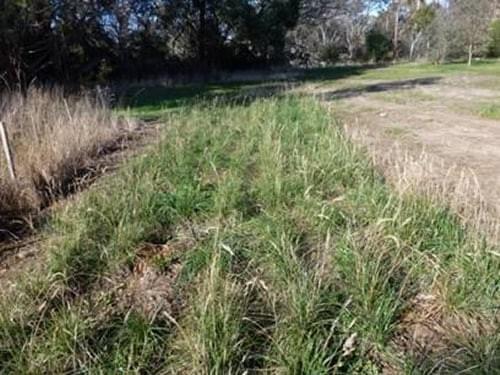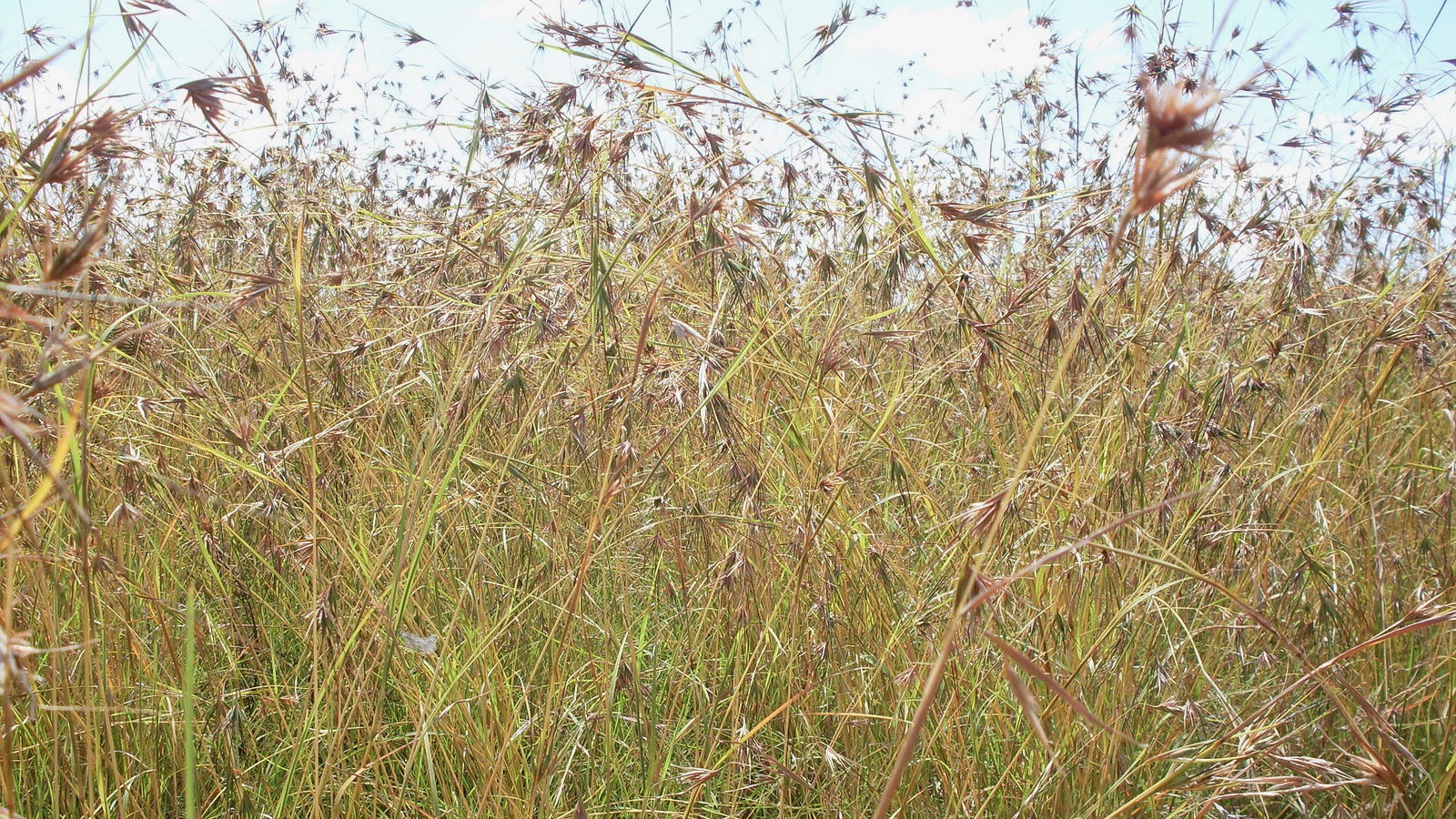Native vegetation and specifically grassy woodland plant associations have been poorly conserved or highly modified in most areas of the Mount Lofty Ranges. Past attempts to link or restore these areas have primarily focused on overstory trees and shrubs rather than the species-rich ground flora of small shrubs, herbaceous plants and grasses. The Grassy Groundcover Restoration Project is focusing on filling in the gaps in knowledge regarding the restoration of the species-rich understory associated with grassy woodlands.
Trial sites for this project have been designed and constructed at the ‘Pipiriki-Rosenberg-Mardling (PRM) Conservation Cluster’ that comprises three adjoining privately owned rural properties in the Birdwood/Mt Pleasant region. The owners of property within the cluster have designated areas of their property being utilised by the project for trials and ultimately for large scale grassy groundcover restoration.
The aim of the project’s trials is to determine the most appropriate pre-seeding treatments that will encourage the germination and establishment of directly seeded species and reduce the competition posed by resident exotic plant species. Pre-seeding treatments to being trialled will include;
- Herbicide application (reduce biomass before direct seeding)
- Chemical fallow (reduce seed bank of exotic species and biomass before direct seeding)
- Application of sugar (temporarily denitrify soil to reduce growth of exotic species and add carbon to soil)
- Application of mulch (reduce growth of exotic species during germination and establishment of direct seeded species)
- Application of biochar (add carbon to soil, provide protection and a living environment for mycorrhizal fungi and possibly improve germination rates of particular species)
- Application of a fungal inoculant (addition of mycorrhizal fungi that have a mutualistic relationships with the roots of native species)
- The use of fire (reduce the seed bank of exotic species, reduce biomass before direct seeding and promote the germination of particular native species)
All of the above treatments are being trialled individually and/or in conjunction with another listed treatment.
There are four trial sites located within the PRM Conservation Cluster, one site on Matthew and Melissa Rosenberg’s property, two on Chris Mardling’s and one on the property owned by Paul and Michele Edwards.
Each trial site comprises of a number of trial plots that are separated by a 1.5 metre buffer; each plot is either 20.25 square metres or 36 square metres depending on its geographic location.

The native Danthonia seed orchard
Each treatment or combination of treatments being trialled will have three replicates randomly located within the trial site.
Each treatment will be comparable to the other treatments within the site and comparable with treatments between sites.
Monitoring of resident vegetation pre-seeding, emergent vegetation post-seeding and vegetation establishment will be undertaken at the required intervals and will also include multiple photographic monitoring points at all sites.
The pre-treatments being trialled will be undertaken prior to or in conjunction with the direct seeding that will be delivered by machine (Aera-vator) and by hand (Seed slinger).
Success of the direct seeding event is dependent on a variety of environmental factors. To minimise the associated environmental risks, direct seeding was conducted after the breaking rains in April/May 2013.
(Design of the trial sites has been inspected for scientific rigor and approved by respected grassland scientist Professor Ralph Whalley of the University of New England, Armidale New South Wales.)





Leave A Comment